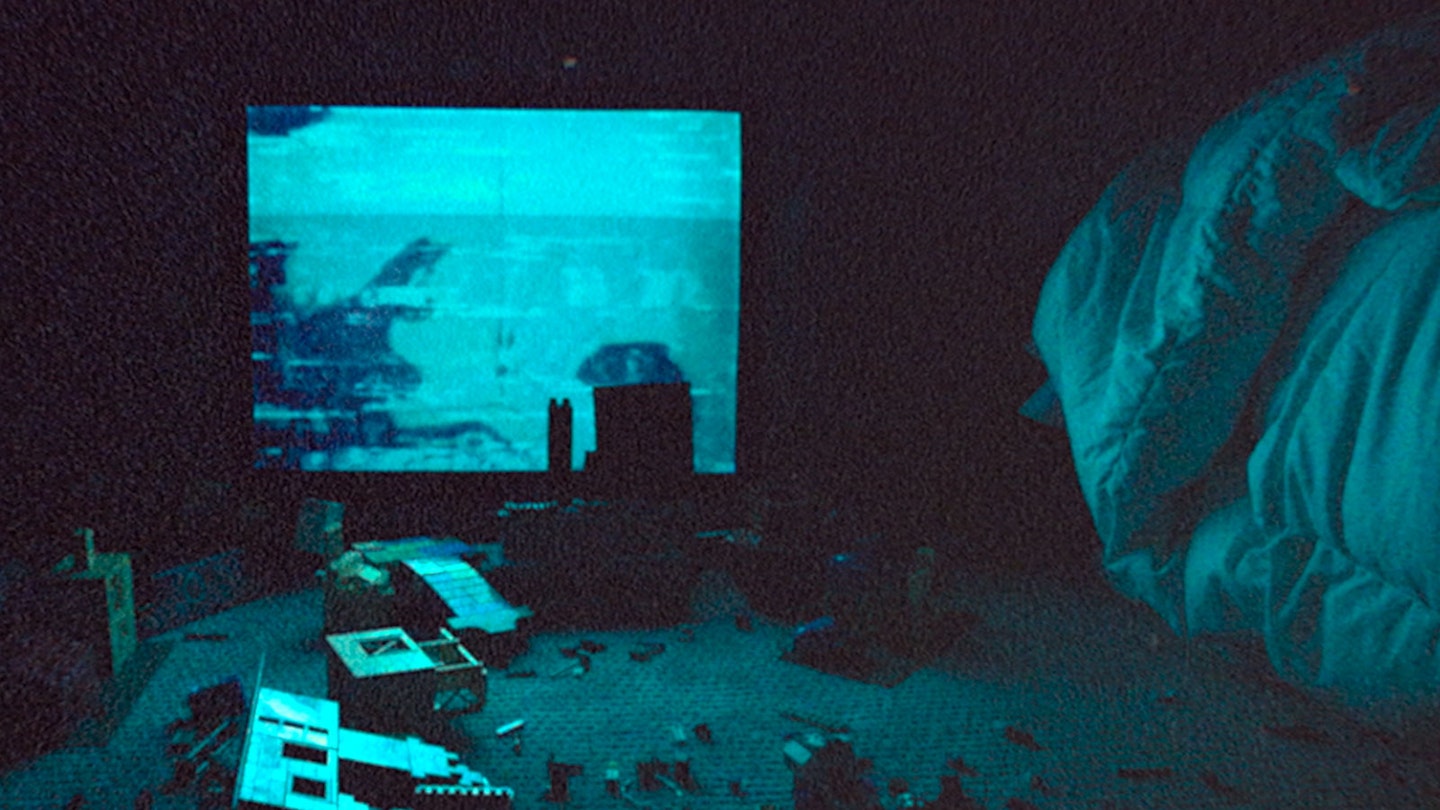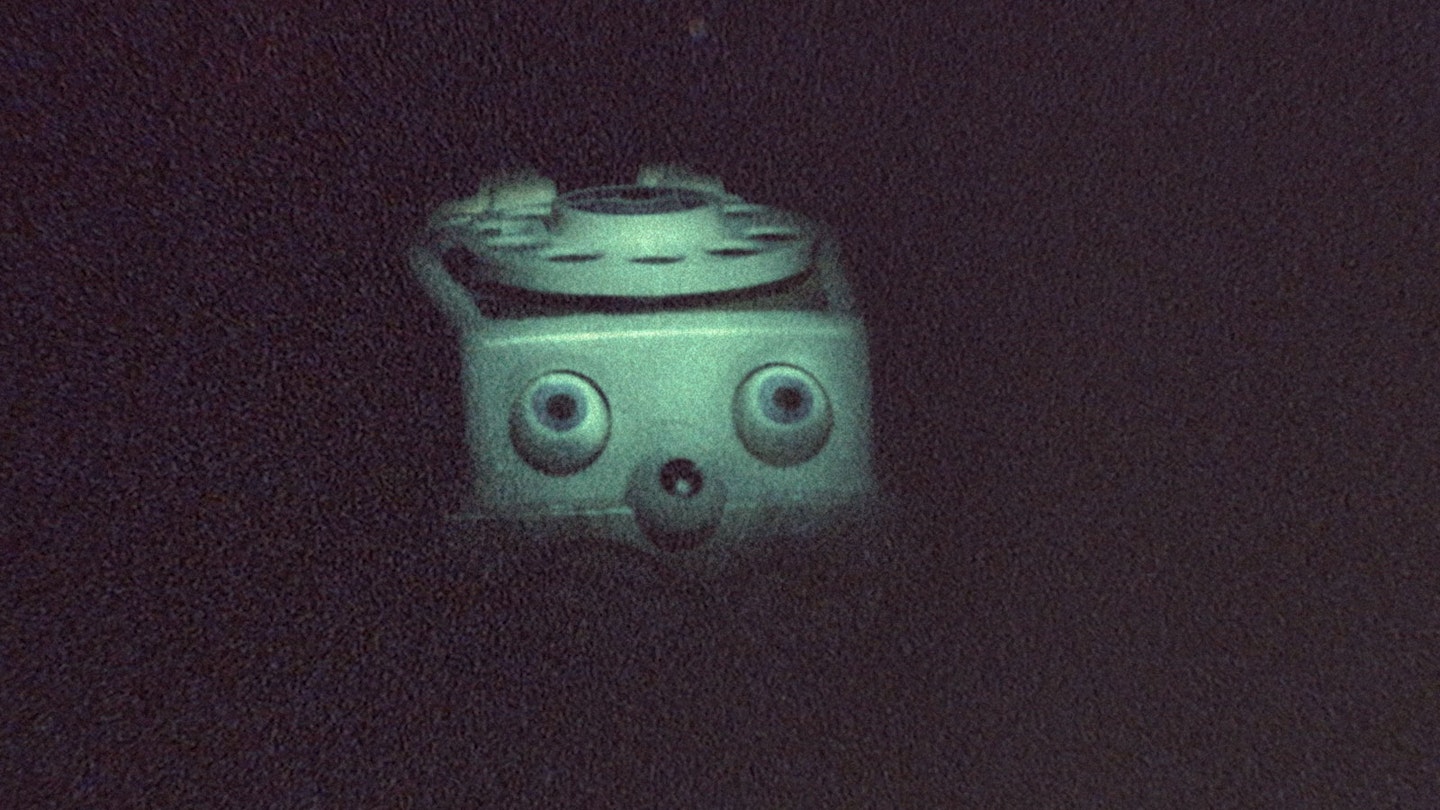It’s impressive that such an experimental film as Skinamarink has managed to become a viral sensation. What’s even more impressive is that writer-director Kyle Edward Ball managed to make it —in his childhood home — for $15,000. The kind of analogue horror that has found success on YouTube over the past decade, spawning internet theories and mythology out of cryptic creepiness, Skinamarink plays loose with narrative and form, and hinges on thematic vagueness that asks its audiences to fill in the gaps with their own fears.

The success of the film has already drawn comparisons to 1999's The Blair Witch Project, but that foundational found-footage horror led audiences to plausibly believe that the footage was in fact authentic. Skinamarink isn’t trying to sell you on its authenticity: in fact, it draws attention to its own constructed fabrication as the camera lingers, gazing at corners, carpeted floors covered in Legos, and the TV screen playing old cartoons, with characters who are obscured in some way, out of focus or off-camera, and whose voices are whispers, sometimes undecipherable. The dark, grainy footage we’re invited to look in on is a cinematic impossibility, a point of view that isn’t narratively supported by the film or even suggestive of a directorial authority. While film, by the very nature of the medium, invites us to look, Skinamarink is adamant that we don’t, and prevents us — sometimes frustratingly so — from doing so, by keeping us in the dark.
Does Skinamarink mean anything outside of being an experiment in fear? It seems entirely up to the viewer.
This is a film that plays on our primal fear of darkness. As we gaze down dim hallways and entryways, the shifting gloom takes hold of our imagination and we start to see familiar shapes in the film grain that swims in the blackness, start to see faces we can attach to the scratchy, whispering voices. In many ways, the film feels like the Lego pieces that are scattered across the floor in the film, loose shapes and partially constructed structures that we try to assign some logical form to but could so easily become strange cages.
Does Skinamarink mean anything outside of being an experiment in fear? It seems entirely up to the viewer, save for a few facts that Ball delivers early on. The first is that the young boy, Kevin (Lucas Paul), fell down the stairs and hit his head shortly before the events of the film. The second is that their mother disappeared before the story begins and Kaylee (Dali Rose Tetreault) doesn’t want to talk about her. There is a sense that child abuse, perhaps even murder, has been committed by the mother, and what we’re witnessing is that experience as seen through the eyes of young children. But perhaps even that is too easy, a desperate attempt to lessen the fear by assigning some logic for which there is none — only childhood nightmares, recorded for posterity by some omnipotent dreamer.
